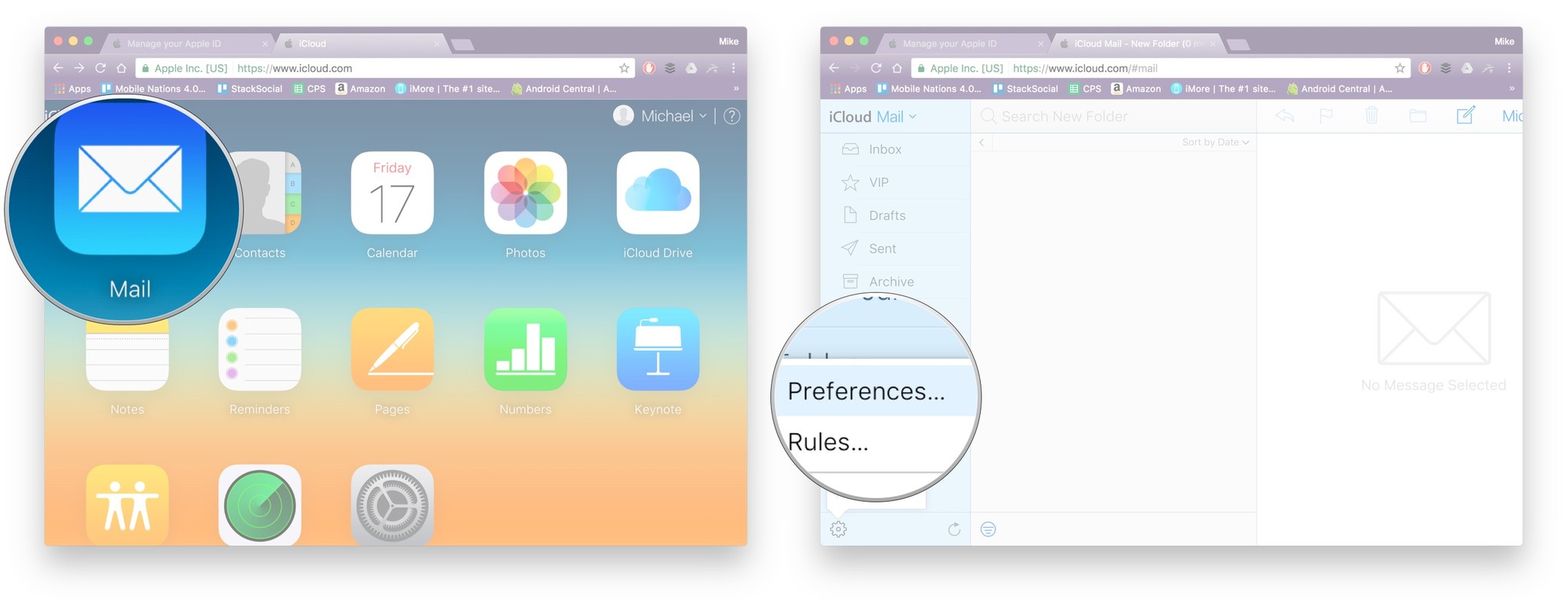Create Alias For Mac
Next, click on the Accounts tab. If you have more than one account, click on the email address for which you want to use an alias. In the menu, you’ll see an option called Edit Email Addresses. If I remember correctly, when I had bought my Mac, the.bashlogin file wasn't there. I had to create it for myself so that I could put prompt info, alias, functions, etc. Here are the steps if you would like to create one: Start up Terminal; Type cd / to go to your home folder; Type touch.bashprofile to create. You can create an alias of a file to serve as a shortcut for finding it, no matter where it’s buried on your Mac.When you create an alias, you’re not making a full duplicate of a file. (If you want to create a full duplicate, press Command+D or choose the commands File and then Duplicate.).
To make aliases of macOS Unix commands in your bash or zsh shell on macOS and earlier versions, it is done via your .bash_profile or .zsh file which lives in your home account directory, if the file does not already exist, just create one.
In Mac OS 8.5 options were added for command-option dragging an object in the Finder to create an alias at that location. This is where the alias cursor was added to the system. The cursor mirrors the appearance of the 'create shortcut' cursor on Windows systems. Programming API. The Alias Manager API is part of Carbon. It is unknown whether it. You can drag the Folder to your dock (between the trash and the sepperator to the applications), or to the sidebar in Finder. You can also create an Alias (this is what you need to do if you want to put it in a folder or to the desktop) by dragging the folder and then holding the Option ⌥ and Command ⌘ keys together while you release the mouse button (a small arrow will appear in the lower.
As of macOS 10.6 Catalina, Apple has made the zsh shell the default shell, previously it was the bash shell.

Launch Terminal from the /Application/Utilities folder

Go to your home directory by just entering cd followed by the ‘return’ key to enter the command:
List your home directory contents including invisible files to see if the file already exists, use:

Create the .bash_profile or .zsh file using the command line program called ‘nano’ if it doesn’t exist:
When the .bash_profile or .zsh file is created you are ready to enter your alias commands.
So here I am using the alias ‘l’ to alias the command ‘ls -lah’
In nano ‘control+o’ to write the file out and ‘control+x’ to exit the file.
Refresh the shell environment by entering the command below:
Create Alias Mac Terminal Sierra
Or..
That’s it, now the alias will take effect.
Create Alias For Mac Shortcut
To add other aliases just start a new line, and apply the same formatting.
